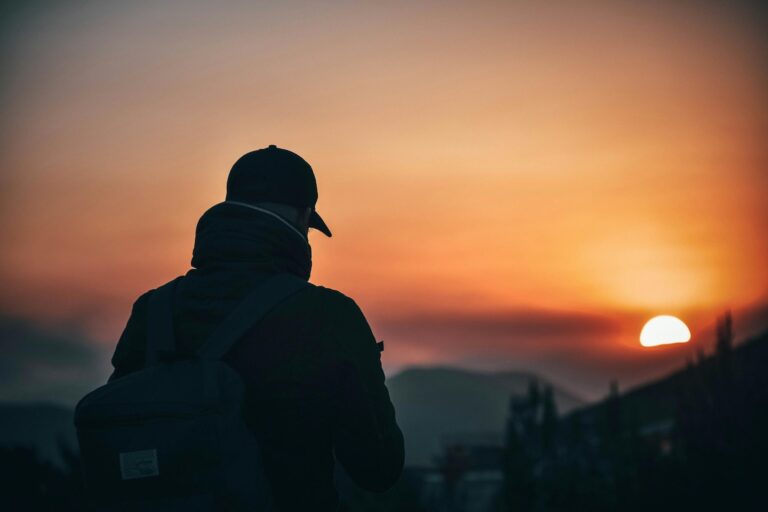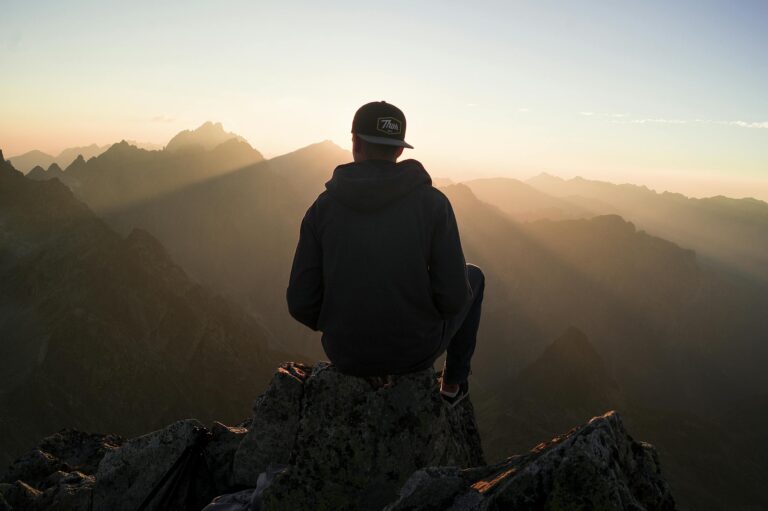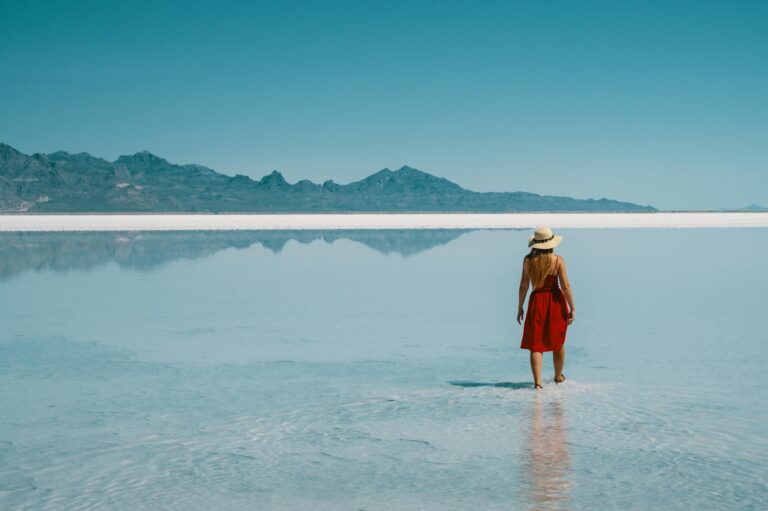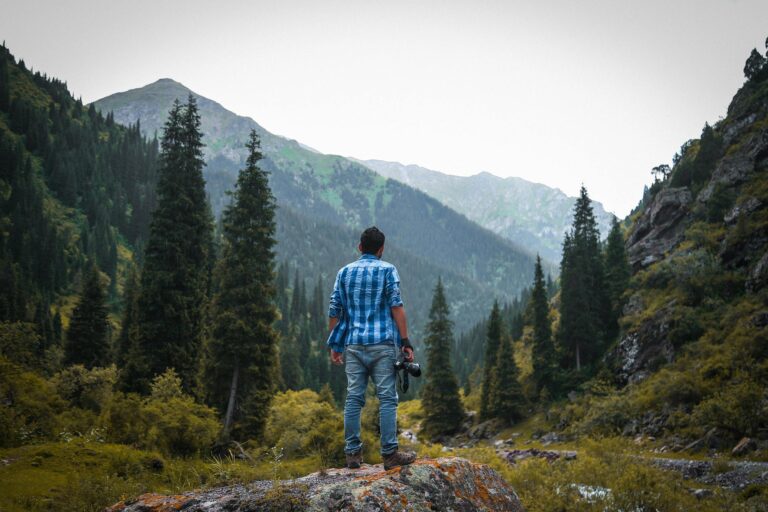Here’s a stat that might surprise you: solo travel has increased by 73% in the past five years, yet many people still hesitate to take that first solo trip because of safety concerns. I get it – when I was planning my first solo adventure, I spent weeks researching every possible danger instead of focusing on the incredible experiences waiting for me.
The truth is, solo travel can be incredibly safe when you choose the right destinations. After visiting 30+ countries solo (and making plenty of mistakes along the way), I’ve learned that some places are just naturally better for first-time solo travelers. These countries have low crime rates, excellent infrastructure, and cultures that welcome independent explorers with open arms.
Whether you’re a nervous first-timer or someone who’s been putting off that dream solo trip for years, this guide will show you exactly where to go. I’ll share the 10 safest countries for solo travel, complete with practical tips I wish someone had told me before my first adventure. Let’s turn that travel anxiety into excitement!
Why Safety Should Be Your Top Priority for Solo Travel
When I tell people about my solo travels, the first question is always about safety. And honestly? That’s the right question to ask. Solo travel safety isn’t about being paranoid – it’s about being smart enough to enjoy your adventure without unnecessary stress.
I learned this lesson the hard way during my second solo trip. I’d gotten overconfident after one successful journey and chose a destination based purely on Instagram photos. Let me tell you, spending three days worried about basic safety issues instead of exploring ruins any travel experience. That’s when I realized that choosing safe destinations first allows you to focus on what really matters: personal growth, cultural immersion, and those amazing “pinch me” moments that make solo travel so addictive.
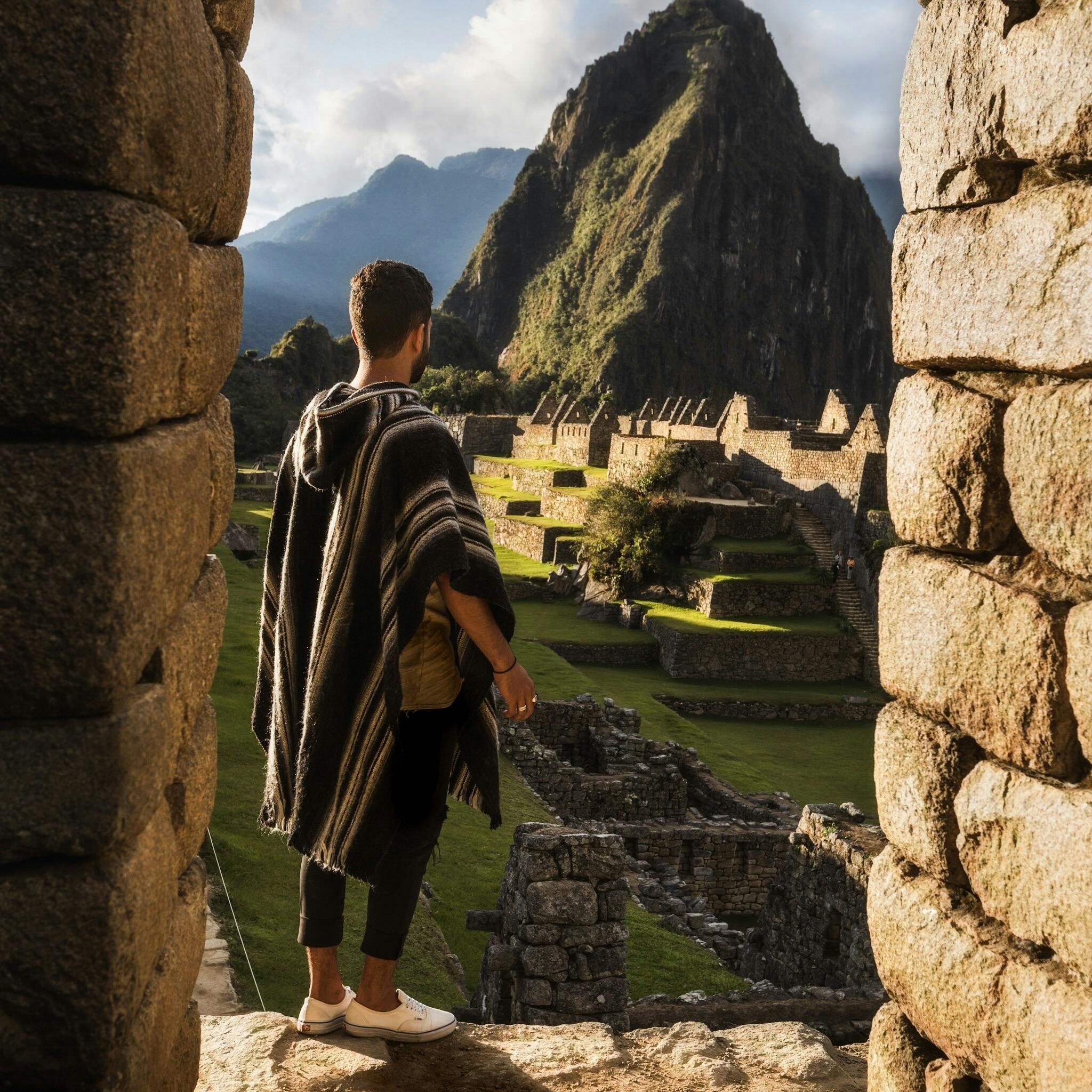
The thing about solo travel is that you don’t have a travel buddy to watch your back or help if something goes wrong. You’re your own security team, navigation system, and emergency contact all rolled into one. This isn’t meant to scare you – it’s meant to emphasize why starting with inherently safe destinations is such a game-changer. When you’re not constantly worried about your safety, you can actually relax and enjoy the incredible freedom that comes with solo travel.
What Makes a Country Safe for Solo Travelers
Not all safe countries are created equal, especially when it comes to solo travel. I’ve been to plenty of places that are perfectly safe for groups but felt a bit overwhelming when I was on my own. Through trial and error (okay, mostly error), I’ve figured out the key factors that make a destination truly solo-friendly.
Crime rates are obviously important, but they’re not the whole story. Some countries have low violent crime but high petty theft, which can still ruin your trip. What you really want are places with low overall crime rates plus strong tourism infrastructure. These are countries where losing your wallet is annoying but not catastrophic because there are systems in place to help travelers.
Infrastructure quality is huge for solo travelers. Good public transportation means you’re not stuck trying to navigate sketchy taxi situations at 2 AM. Reliable internet helps you stay connected with home and access maps when you’re lost. Quality healthcare means a minor injury doesn’t become a major crisis. I once got food poisoning in a country with excellent healthcare – it was still miserable, but I felt safe knowing help was available.
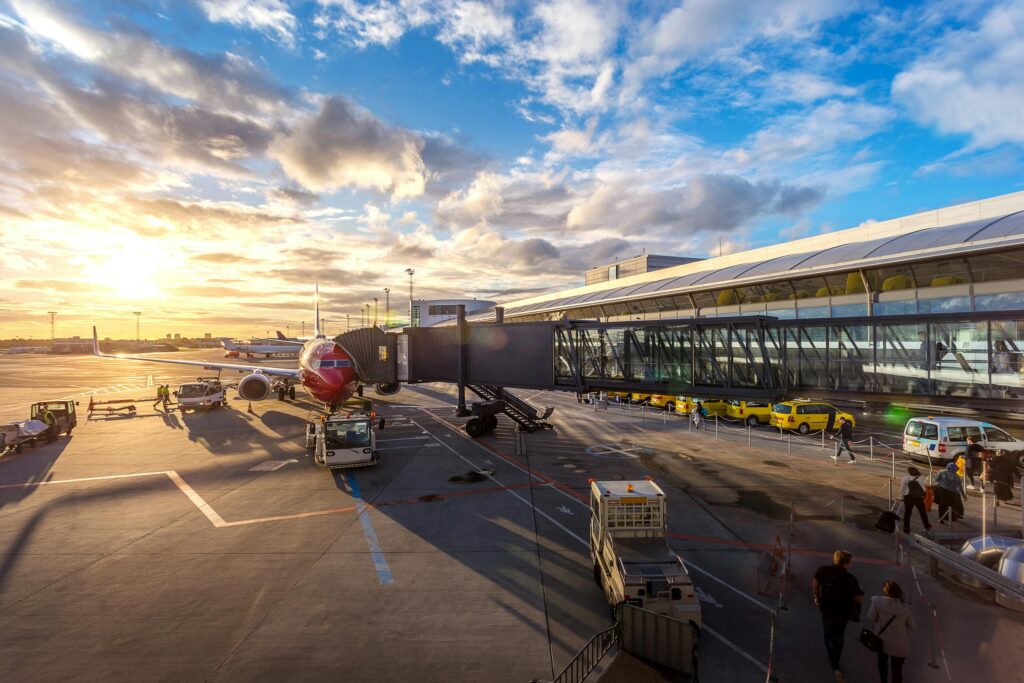
Cultural attitudes toward solo travelers matter more than you might think. Some cultures are naturally more welcoming to people dining alone or exploring independently. Others might find it strange or even concerning. Countries with established solo travel cultures tend to have businesses and locals who are used to helping independent travelers, which makes everything smoother.
Language barriers can significantly impact your sense of safety. While you don’t need to speak the local language fluently, countries where English is widely spoken or where locals are patient with communication attempts tend to feel safer for first-time solo travelers. There’s nothing quite like the panic of being lost and unable to ask for directions!
The 10 Safest Countries for Your First Solo Trip
1. Singapore – The Perfect Solo Travel Training Ground
Singapore is basically solo travel on easy mode, and I mean that in the best possible way. This city-state has one of the lowest crime rates in the world – I’ve never felt unsafe walking around at any hour of the day or night. The government takes safety seriously, and it shows in everything from well-lit streets to efficient emergency services.
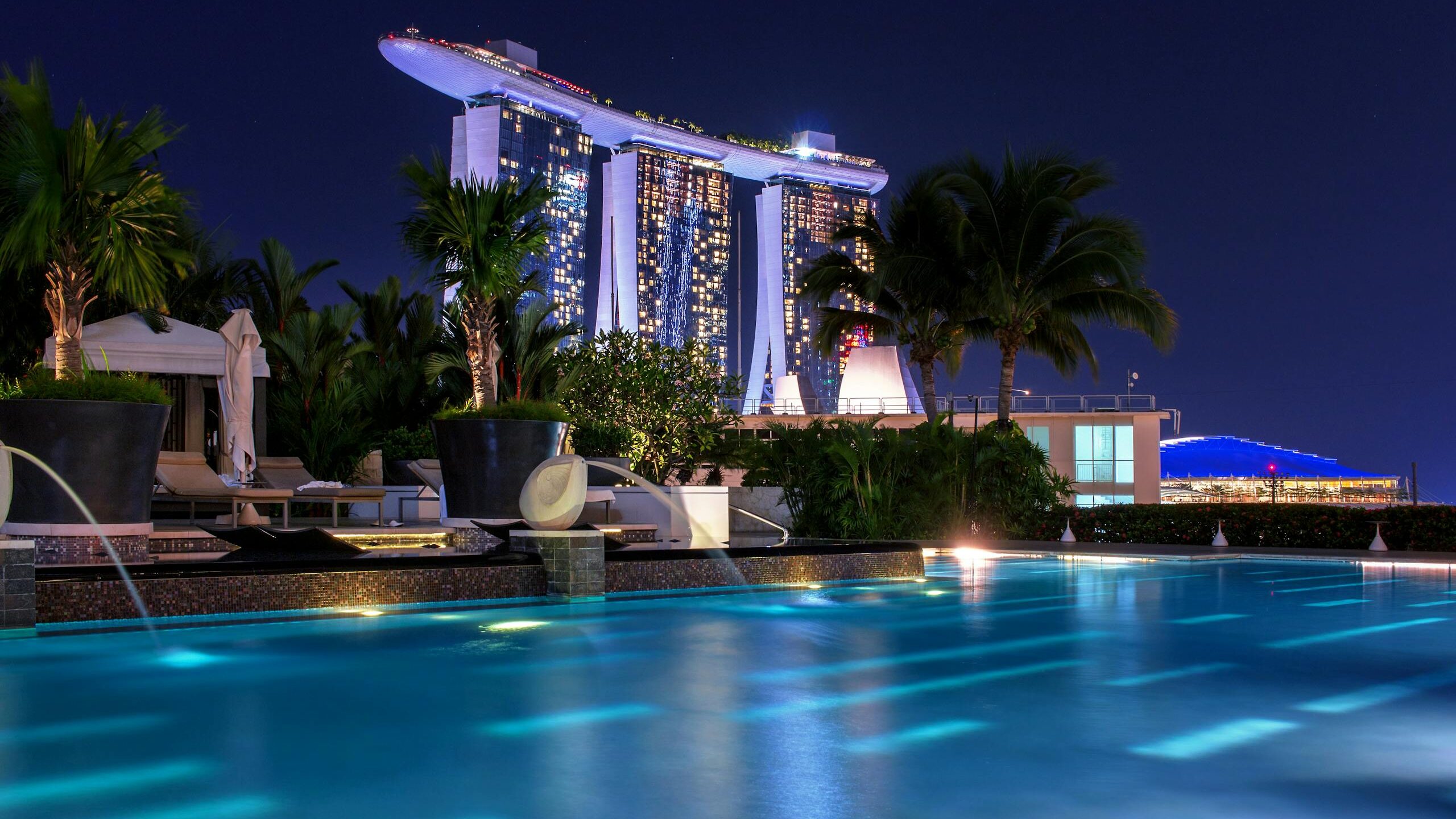
What makes Singapore perfect for first-time solo travelers is how English-friendly it is. Street signs, menus, and public transportation announcements are in English, so you’ll never feel completely lost. The MRT (subway system) is so clean and efficient that I actually look forward to using it. Plus, the city is compact enough that you can’t really get dangerously lost – worst case scenario, you’ll end up somewhere interesting you hadn’t planned to visit.
The food scene here is incredible and solo-friendly. Hawker centers are perfect for eating alone – you can try different stalls, and it’s completely normal to dine solo. Just remember to bring tissues (they don’t always provide them) and be prepared for some spice! I made the mistake of ordering “medium spicy” on my first day and spent the next hour crying into my drink.
Healthcare in Singapore is world-class, which gives you peace of mind for any minor emergencies. I once needed a pharmacy at 10 PM and found several options within walking distance. The staff spoke perfect English and were incredibly helpful. It’s these little details that make Singapore feel safe and manageable for solo travelers.
2. Japan – Where Respect and Safety Meet
Japan consistently ranks among the safest countries in the world, and after multiple solo trips there, I can confirm the reputation is well-deserved. The crime rate is incredibly low, and the cultural emphasis on respect and consideration creates an environment where solo travelers feel genuinely welcome.
The train system in Japan is legendary for good reason. It’s punctual, clean, and covers virtually everywhere you’d want to go. I’ve traveled from Tokyo to rural areas using only public transportation, and never once felt unsafe. The JR Pass makes it affordable too, though I recommend getting a portable WiFi device because station WiFi can be spotty.
One thing that surprised me about Japan is how normal solo dining is, especially in cities. There are even restaurants specifically designed for solo diners, with counter seating and individual booths. Don’t be afraid to try the conveyor belt sushi places – they’re fun, affordable, and perfect for people eating alone.
The language barrier can be challenging, but Japanese people are incredibly patient and helpful. I’ve had strangers walk me to my destination when I looked lost, and store employees spend extra time helping me find what I needed. Download a translation app before you go – it’s a lifesaver for reading menus and signs.
Japanese hospitality (omotenashi) extends to solo travelers in ways that constantly amazed me. Hotel staff go out of their way to help, and I’ve never had issues with restaurants refusing single diners or tour operators being unwelcoming to solo participants. The cultural emphasis on politeness and service makes everything feel safer and more manageable.
3. Switzerland – Mountain Safety and Urban Charm
Switzerland might be expensive, but it’s worth every penny for the peace of mind it provides solo travelers. The country has exceptional political stability, low crime rates, and infrastructure that works so well it’s almost boring. But when you’re traveling alone, boring infrastructure is exactly what you want.
The healthcare system here is among the best in the world, which I discovered during a minor hiking accident. I twisted my ankle on a mountain trail (because of course I did), and the response was immediate and professional. The rescue services are incredibly efficient, and many medical professionals speak English. Having quality healthcare as a safety net makes adventurous solo travel much more comfortable.
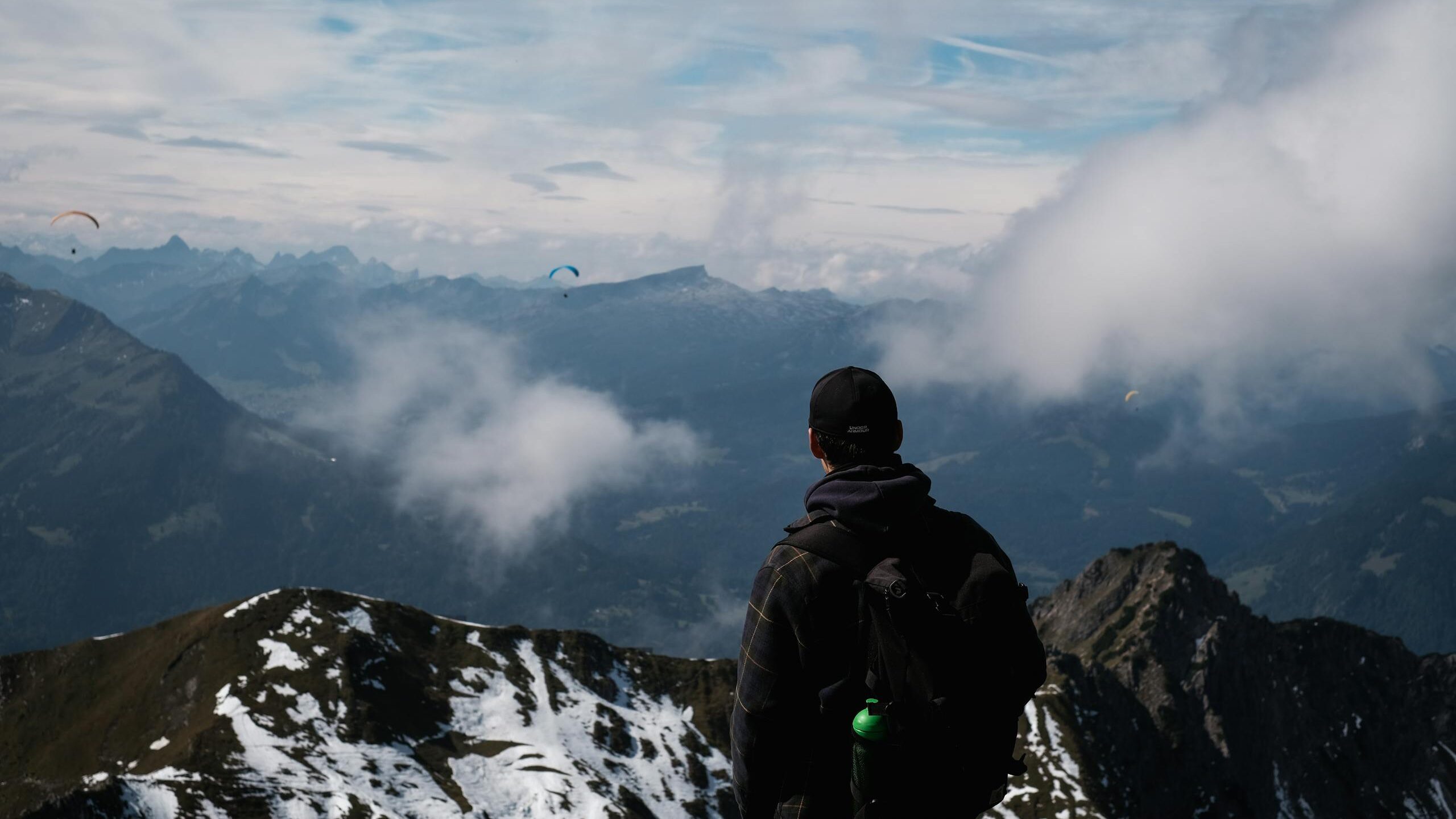
Swiss cities are incredibly walkable and safe, even at night. I’ve wandered through Zurich and Geneva well after dark without any concerns. The public transportation is punctual to an almost comical degree – if the tram is scheduled for 8:42, it arrives at 8:42. This reliability is fantastic for solo travelers who need to plan their days carefully.
The outdoor safety infrastructure in Switzerland is outstanding. Hiking trails are well-marked and maintained, and there are emergency phones on many mountain routes. Weather information is readily available and accurate. If you’re into outdoor adventures, Switzerland offers some of the safest solo hiking and skiing experiences in the world.
One tip for solo travelers in Switzerland: embrace the hostel culture. Swiss hostels are clean, safe, and a great way to meet other travelers. They’re also much more affordable than hotels, which helps offset the country’s high costs. I’ve made some of my best travel friends in Swiss hostels, and the staff are always helpful with local recommendations.
4. New Zealand – Adventure with Peace of Mind
New Zealand has this perfect combination of incredible natural beauty and genuine safety that makes it ideal for solo travelers who want adventure without excessive risk. The crime rate is low, and the “she’ll be right” attitude means locals are generally helpful and laid-back about most situations.
What I love about New Zealand for solo travel is how well-organized the adventure tourism industry is. Whether you’re bungee jumping in Queenstown or hiking the Milford Track, there are established safety protocols and experienced guides. I’ve done some pretty crazy activities solo in New Zealand, and I always felt like I was in good hands.
The country is English-speaking, which removes the language barrier completely. Road signs, emergency services, and tourist information are all readily accessible to English speakers. This makes everything from reading hiking trail maps to understanding weather warnings much easier when you’re on your own.
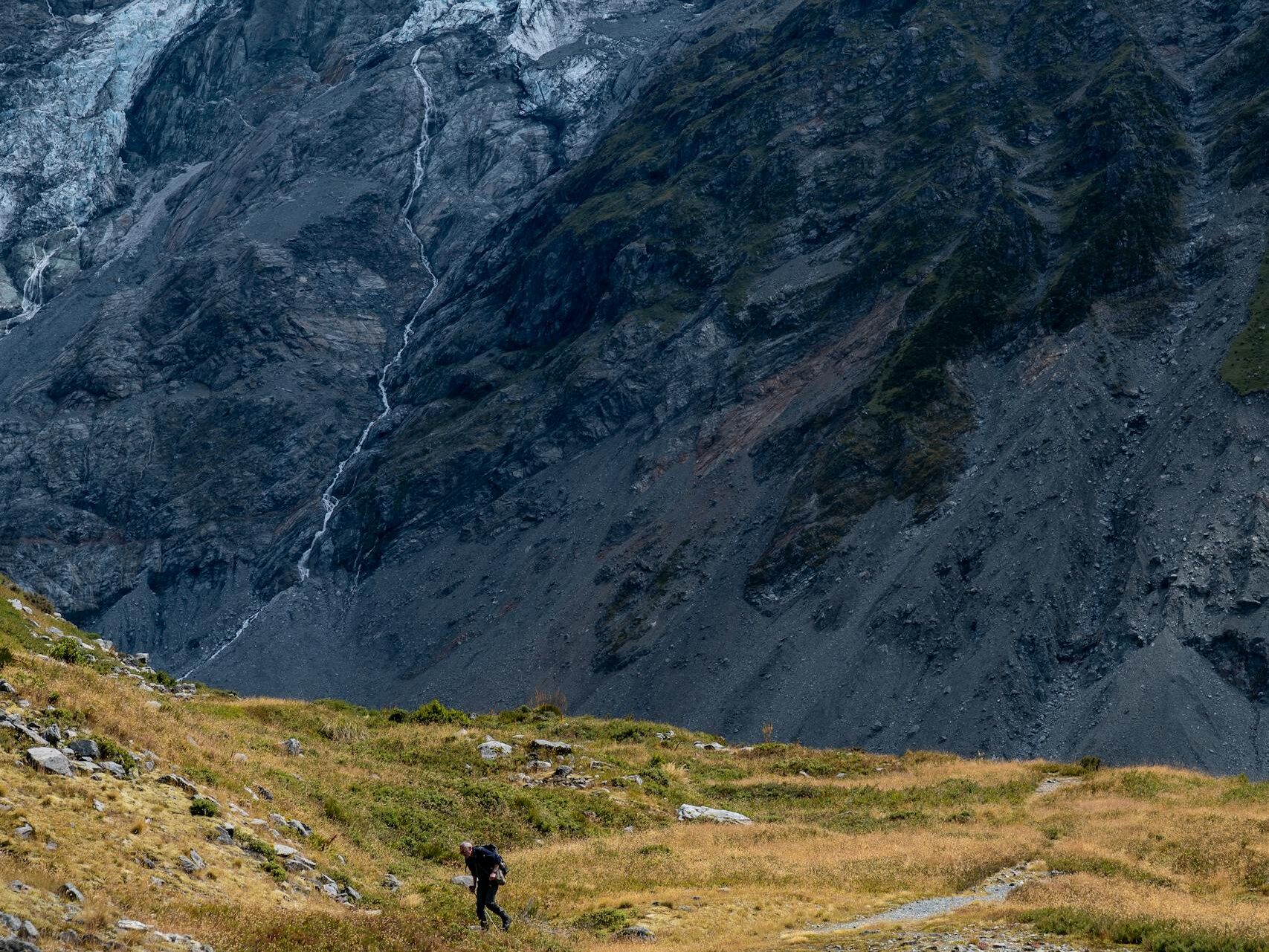
Kiwis (New Zealanders) are genuinely friendly and helpful to solo travelers. I’ve had locals offer directions, restaurant recommendations, and even rides when I was waiting for buses. The culture is very welcoming to independent travelers, and it’s completely normal to see people dining alone or exploring solo.
One thing to note about New Zealand is that distances can be deceiving. The country looks small on maps, but driving between cities takes longer than you might expect. Plan your transportation carefully, especially if you’re relying on public buses. I once underestimated a journey and ended up in a tiny town with limited accommodation options. It worked out fine, but better planning would have made it less stressful.
The outdoor infrastructure in New Zealand is excellent. Hiking trails are well-maintained and marked, and there are huts and facilities for multi-day treks. DOC (Department of Conservation) provides excellent resources for planning safe outdoor adventures. Just remember that weather can change quickly, especially in the mountains.
5. Denmark – Scandinavian Safety Standards
Denmark consistently ranks among the happiest and safest countries in the world, and after spending time there solo, I can understand why. The combination of low crime rates, excellent social services, and a culture that values trust and cooperation creates an incredibly safe environment for solo travelers.
Copenhagen is one of the most bike-friendly cities I’ve ever visited. Cycling solo through the city feels completely safe, even as a tourist who’s still figuring out the bike lane system. The infrastructure is designed with safety in mind, and drivers are genuinely respectful of cyclists. Rent a bike for the day – it’s the best way to explore the city and blend in with locals.
English proficiency in Denmark is excellent, especially among younger people and in tourist areas. I rarely had communication issues, and many Danes speak English better than some native speakers I know. This makes everything from asking for directions to ordering food much easier when you’re traveling alone.
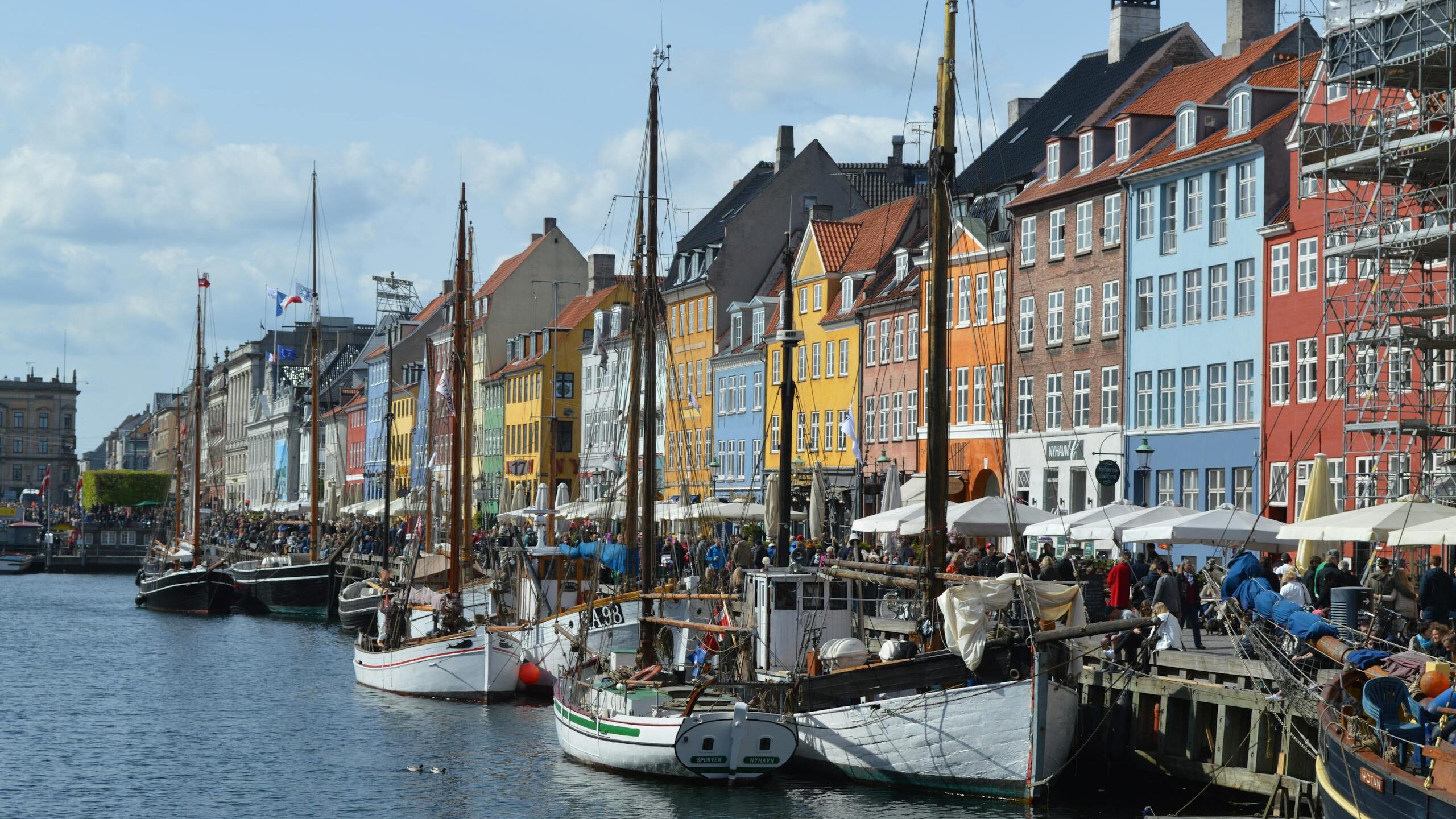
The social safety net in Denmark extends to visitors in many ways. Healthcare is accessible, public transportation is reliable, and there are systems in place to help when things go wrong. I once lost my wallet in Copenhagen (rookie mistake), and the process of reporting it and getting help was surprisingly smooth and efficient.
Danish culture values “hygge” (cozy contentment), which creates a relaxed atmosphere that’s perfect for solo travelers. Cafes are welcoming to people sitting alone, and it’s completely normal to take your time and enjoy a meal or coffee by yourself. The pace of life is more relaxed than many European capitals, which helps reduce travel stress.
One thing I appreciated about Denmark is how well-organized the tourism infrastructure is. Tourist information centers are staffed with knowledgeable, English-speaking employees who can help with everything from transportation to emergency contacts. The country feels set up to help travelers have positive experiences.
6. Canada – Vast Beauty, Consistent Safety
Canada’s reputation for friendliness isn’t just a stereotype – it’s a reality that makes solo travel incredibly comfortable. The country has low crime rates, excellent healthcare, and a multicultural society that’s naturally welcoming to travelers from all backgrounds.
The healthcare system in Canada is top-notch, which provides peace of mind for solo travelers. I had a minor medical issue during a solo trip to Vancouver, and the care I received was excellent. While healthcare can be expensive for non-residents, the quality is consistently high across the country.
Canada’s natural environments are stunning but also well-managed for safety. National parks have excellent visitor centers, well-marked trails, and emergency services. The park rangers are knowledgeable and helpful, and there are good safety resources for solo hikers and campers. Just remember to take wildlife seriously – those bear safety talks aren’t just for show.
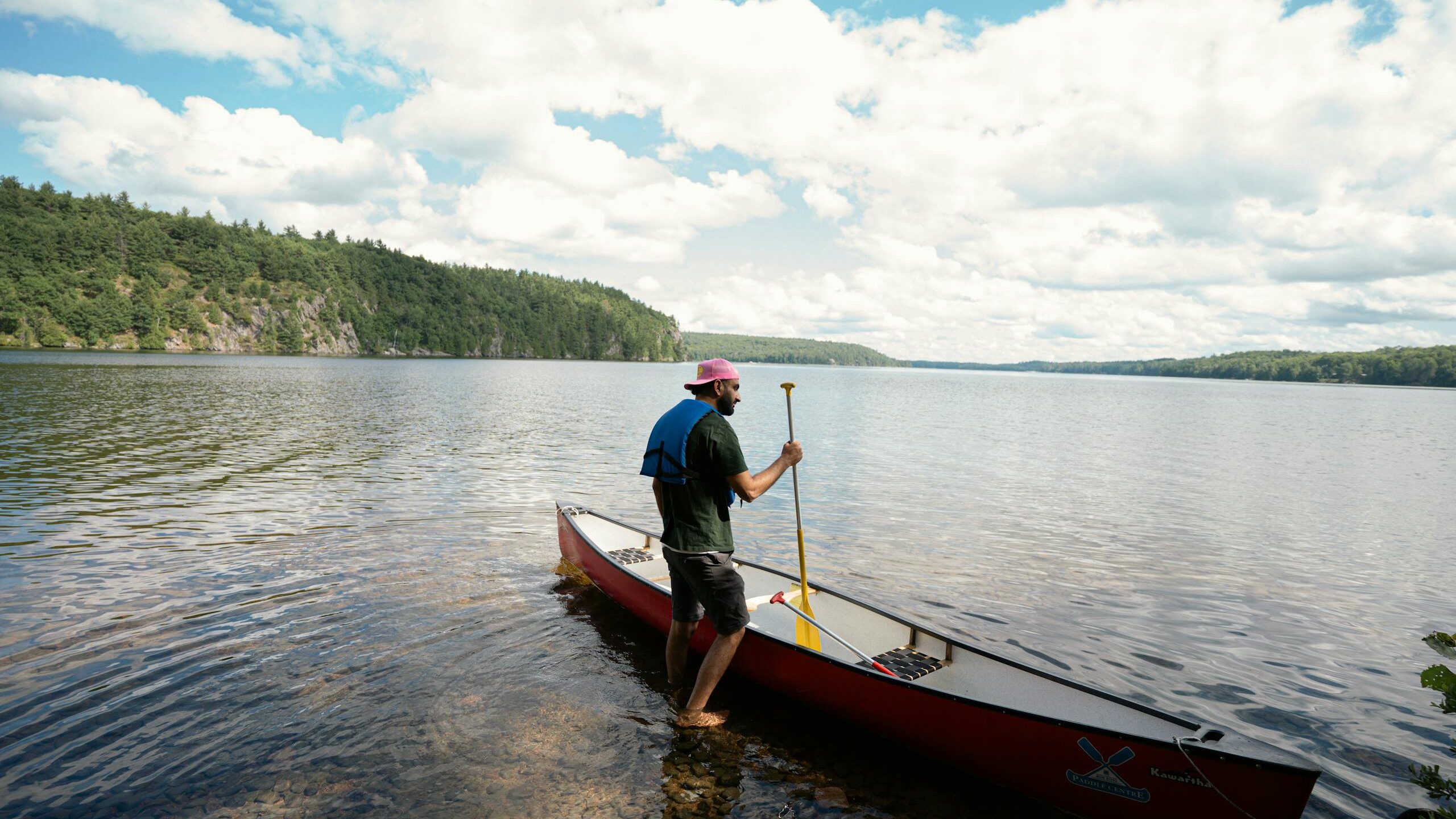
The multicultural nature of Canadian cities means you’ll encounter people from all over the world, which creates a naturally welcoming atmosphere for solo travelers. Toronto, Vancouver, and Montreal all have vibrant international communities and restaurants representing cuisines from everywhere. It’s easy to strike up conversations and meet people when you’re exploring alone.
Public transportation in major Canadian cities is safe and reliable. I’ve used buses and trains in Toronto, Vancouver, and Montreal without any safety concerns. The systems are well-maintained, and staff are helpful with directions and information. Canada’s size means you’ll likely fly between major cities, and the airports are efficient and solo-traveler friendly.
One tip for solo travelers in Canada: embrace the outdoor culture. Canadians love their outdoor activities, and there are plenty of organized groups and tours that welcome solo participants. I’ve joined hiking groups, kayaking tours, and even winter activities as a solo traveler, and it’s a great way to meet locals and other travelers.
7. South Korea – Modern Safety in East Asia
South Korea has become incredibly popular with solo travelers, and for good reason. The country combines ultra-modern infrastructure with low crime rates and a growing acceptance of solo travel, especially in urban areas like Seoul and Busan.
The technology infrastructure in South Korea is mind-blowing. WiFi is everywhere and lightning-fast, which is crucial for solo travelers who need to stay connected. The subway systems in major cities are modern, clean, and efficient. Everything is well-signed in English, and the apps for navigation and payment work seamlessly.
Korean culture around solo activities has really evolved in recent years. Solo dining is becoming more common, and there are even restaurants specifically designed for people eating alone. The concept of “혼밥” (hon-bap, eating alone) is gaining acceptance, especially among younger generations. I’ve had some of my best meals in Korea sitting at counter seats designed for solo diners.
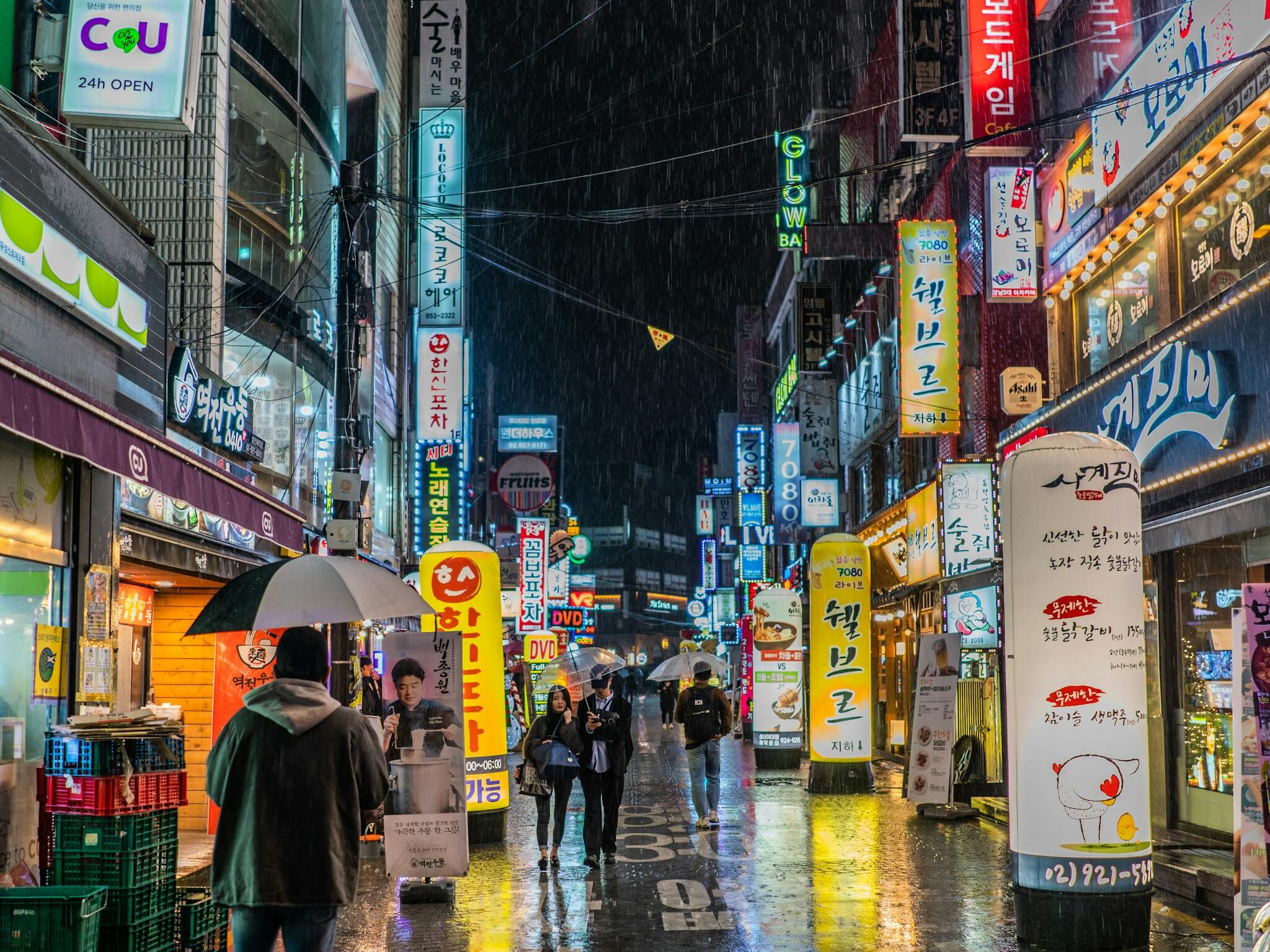
The violent crime rate in South Korea is very low, and the streets feel safe even late at night. I’ve wandered through Seoul neighborhoods at all hours without feeling unsafe. The police are professional and many speak at least basic English. Tourist police in major areas are specifically trained to help international visitors.
One thing that impressed me about South Korea is how helpful people are despite language barriers. I’ve had strangers use translation apps to help me with directions, and store employees go out of their way to communicate. The younger generation especially is comfortable with English and technology, making interactions much smoother.
South Korea’s compact size makes it perfect for solo travel. You can easily explore multiple cities using the excellent KTX (high-speed train) system. The country is small enough that you’re never too far from help or major services, but diverse enough to offer completely different experiences in different regions.
8. Portugal – European Charm with Safety
Portugal has become a favorite among solo travelers, and I completely understand why. The country combines European sophistication with a laid-back Atlantic vibe, creating an environment that’s both safe and incredibly welcoming to independent travelers.
The crime rate in Portugal is among the lowest in Europe, and the violent crime rate is particularly low. I’ve felt completely safe walking through Lisbon, Porto, and smaller towns at all hours. The police are professional and helpful, and many speak English. Tourist police in major areas are specifically trained to assist international visitors.
Portuguese people are naturally warm and welcoming, which makes a huge difference when you’re traveling alone. I’ve had locals offer unsolicited help with directions, restaurant recommendations, and even invitations to join local events. The culture is very accepting of solo travelers, and it’s completely normal to see people dining alone or exploring independently.
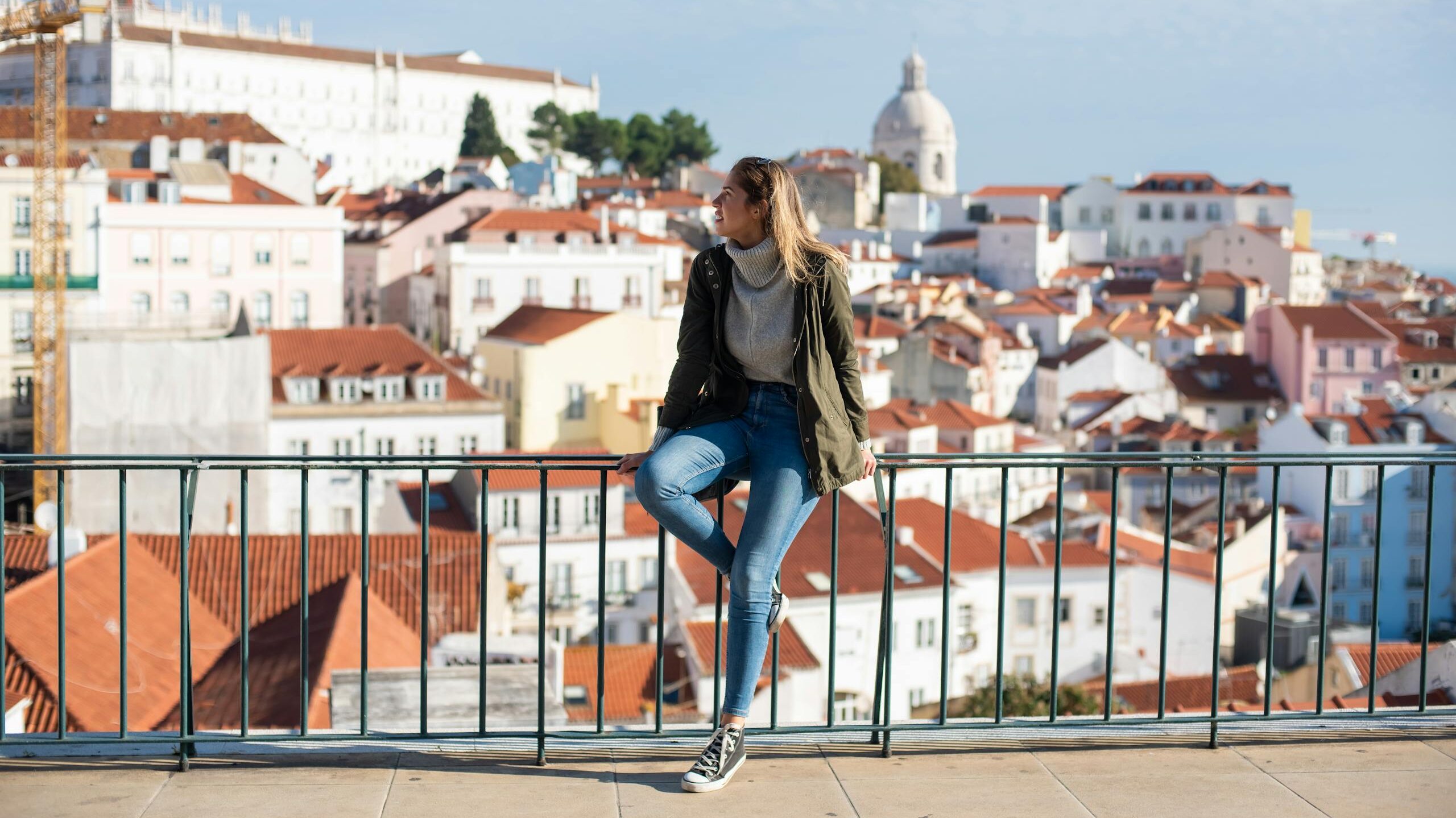
The public transportation in Portugal is excellent and very affordable. The trains between major cities are comfortable and punctual, and local transportation in cities like Lisbon and Porto is clean and efficient. I particularly love the historic trams in Lisbon – they’re touristy but fun, and a great way to see the city safely.
English proficiency in Portugal is good, especially in tourist areas and among younger people. While not everyone speaks English, most people in the service industry can communicate basic information. Portuguese people are generally patient with language barriers and will try to help even if communication is challenging.
One of my favorite things about Portugal for solo travel is how affordable it is compared to other Western European countries. You can eat well, stay in nice accommodation, and travel around the country without breaking the bank. This makes it perfect for solo travelers who want European charm without the premium prices.
9. Austria – Classical Beauty with Modern Safety
Austria combines imperial elegance with modern safety standards, creating an environment that’s both culturally rich and genuinely safe for solo travelers. The country has low crime rates, excellent infrastructure, and a tourism industry that’s well-equipped to help independent travelers.
Vienna consistently ranks among the world’s most livable cities, and that quality extends to visitors. The city is incredibly walkable, with well-maintained streets and excellent public lighting. I’ve never felt unsafe walking through Vienna at any hour, and the public transportation system is clean, efficient, and runs late into the night.
The healthcare system in Austria is excellent, which provides peace of mind for solo travelers. I’ve had minor medical issues addressed quickly and professionally, and many healthcare providers speak English. The country has good emergency services and a well-developed network of pharmacies and medical facilities.
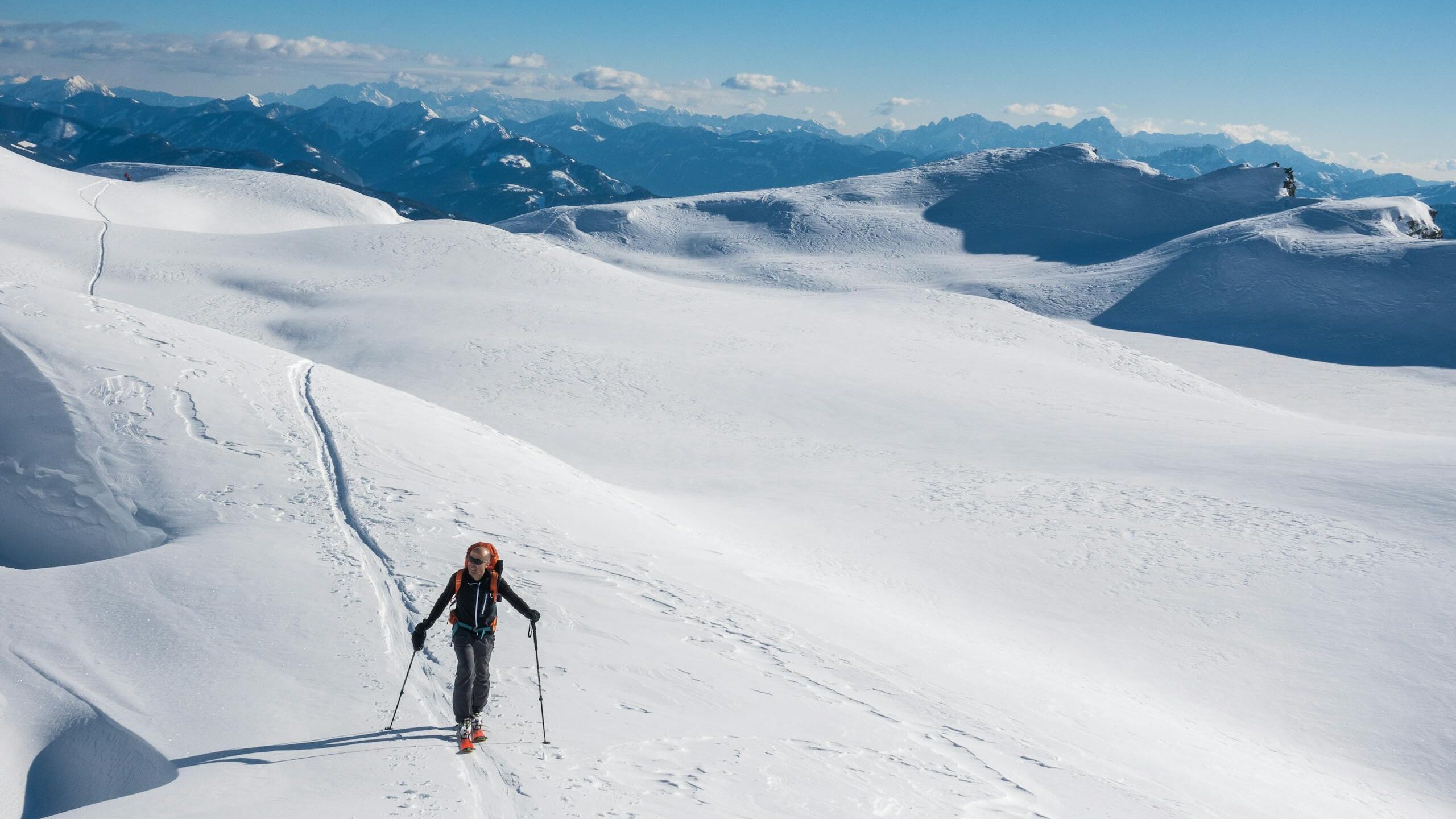
Austrian culture is very welcoming to solo travelers, especially in tourist areas. Coffee house culture is perfect for people traveling alone – it’s completely normal to sit for hours with a coffee and newspaper. The pace of life is more relaxed than many European capitals, which helps reduce travel stress.
One thing I love about Austria is how well-connected it is to the rest of Europe. The train system is excellent, and Austria’s central location makes it easy to explore neighboring countries if you want to extend your solo adventure. The country serves as a perfect base for exploring Central Europe safely.
The outdoor infrastructure in Austria is outstanding, especially in alpine regions. Hiking trails are well-marked and maintained, and there are excellent emergency services for mountain areas. Ski resorts are world-class with strong safety protocols. If you’re into outdoor activities, Austria offers some of the safest solo adventures in Europe.
10. Iceland – Remote Beauty with Ultimate Safety
Iceland might seem like an unlikely choice for solo travel safety, but this Nordic island nation has virtually no violent crime and a culture that’s incredibly welcoming to independent travelers. The country’s small population and strong social cohesion create an environment where solo travelers feel genuinely safe.
The crime rate in Iceland is so low it’s almost comical. I’ve left my camera sitting on tables in cafes and had locals chase me down to return it. The concept of violent crime is so foreign here that many people don’t even lock their cars. For solo travelers, this creates an incredibly relaxed and stress-free environment.
Emergency services in Iceland are excellent, which is crucial given the country’s remote natural attractions. The rescue services are professional, well-equipped, and experienced with helping tourists. Many emergency responders speak English, and there’s good coordination between different services. This gives you confidence to explore safely, even in remote areas.
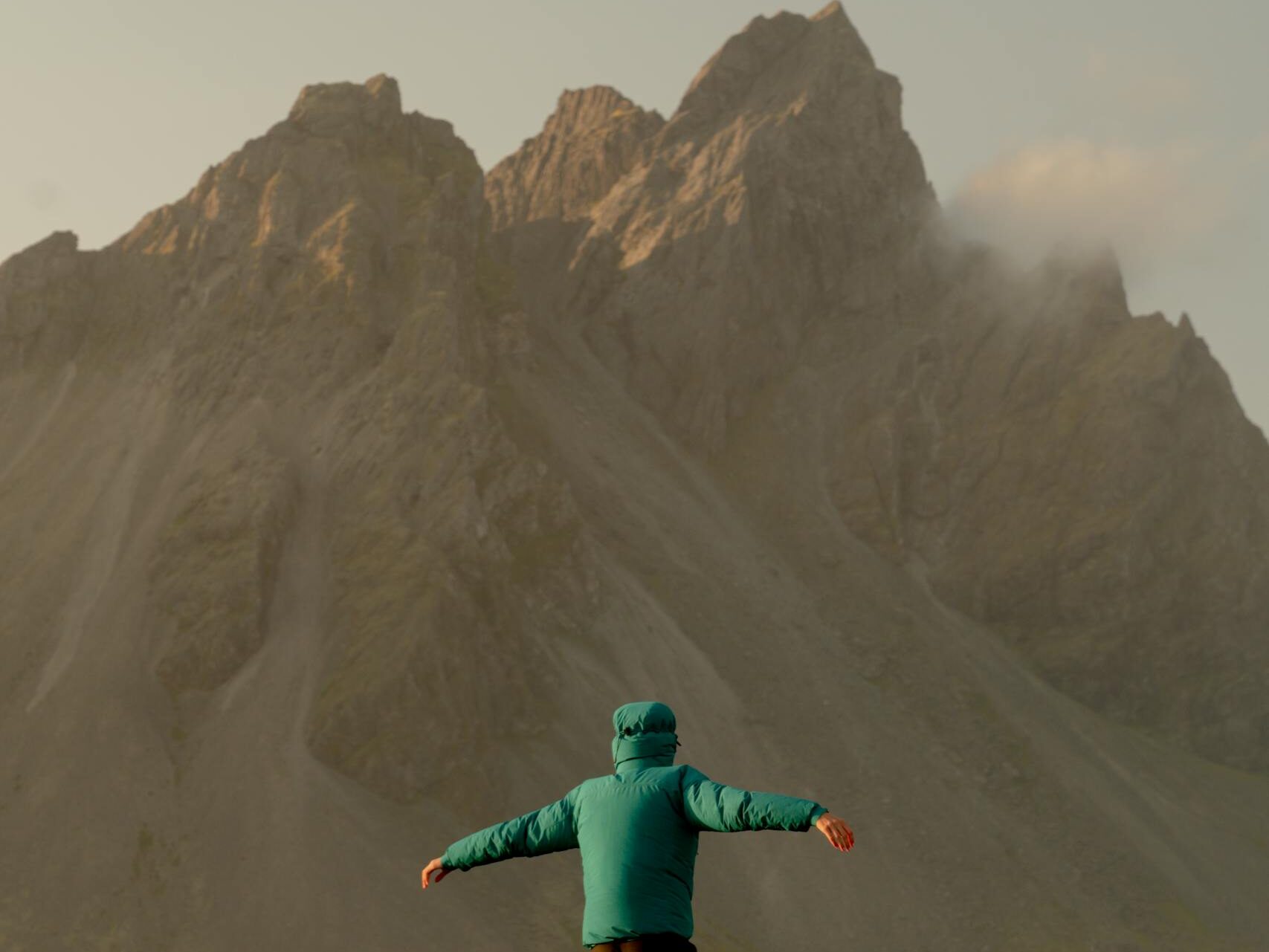
Icelandic culture is naturally solo-friendly. The country has a strong tradition of independent exploration and self-reliance. It’s completely normal to see people hiking alone, dining alone, or exploring alone. Locals are helpful and friendly, and many speak excellent English.
One thing to note about Iceland is that weather conditions can change rapidly, especially in winter. But the country is well-prepared for this, with excellent weather forecasting, road condition updates, and emergency protocols. The infrastructure is designed to handle extreme conditions, which makes it safer for solo travelers.
Iceland’s compact size (despite what maps suggest) makes it perfect for solo exploration. You can drive the entire Ring Road in a week, and you’re never too far from help or services. The country has excellent tourism infrastructure, with well-maintained roads, good signage, and plenty of information resources for solo travelers.
Essential Safety Tips for Solo Travel in Any Country
Even in the safest countries, smart solo travelers follow certain protocols that I’ve learned through experience (and a few close calls). The key is preparation without paranoia – you want to be ready for problems without obsessing over them.
Research is your best friend, but don’t go down the rabbit hole of worst-case scenarios. Focus on practical information: emergency numbers, hospital locations, common scams, and cultural norms. I spend about an hour researching safety basics for each destination, then stop. Too much research leads to anxiety, not safety.
Communication protocols are crucial when you’re traveling alone. I always share my itinerary with someone at home and check in regularly. This doesn’t mean hourly updates – just a simple “made it to Prague safely” text. Set up a schedule that works for both you and your emergency contact, and stick to it.
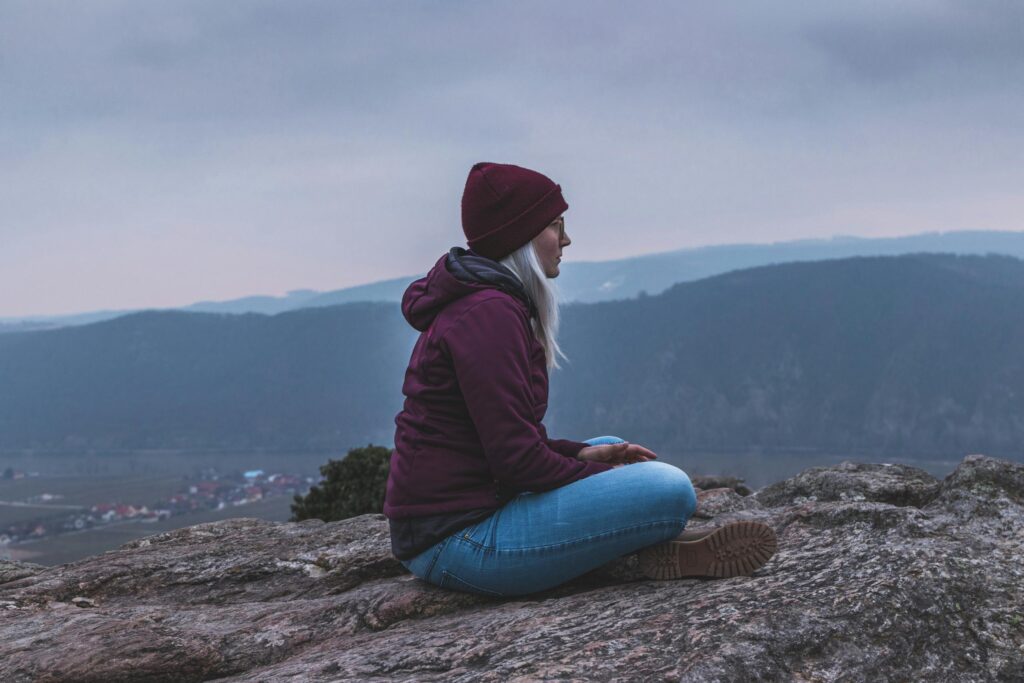
Emergency preparedness isn’t just about having travel insurance (though you absolutely should). Keep physical copies of important documents in multiple locations. Have emergency cash in local currency. Know how to contact local emergency services. I keep a small card with key phrases in the local language, including “I need help” and “Where is the hospital?”
Trust your instincts, but don’t let anxiety make decisions for you. If something feels wrong, remove yourself from the situation. But also recognize when your nerves are just new-country jitters versus genuine danger signals. This balance takes practice, but it’s essential for successful solo travel.
Common Solo Travel Safety Mistakes to Avoid
I’ve made plenty of safety mistakes in my solo travel adventures, and most of them were completely preventable. The good news is that learning from these mistakes (mine and others’) can help you avoid similar situations.
Over-sharing your travel plans online is a classic mistake. I used to post real-time updates about my location, which is basically advertising that I’m traveling alone in unfamiliar places. Now I post photos and updates after I’ve moved on to the next destination. It’s a simple change that significantly improves your safety.
Ignoring local customs and dress codes can put you in uncomfortable or unsafe situations. I learned this lesson in several countries where my casual approach to clothing choices made me stand out in ways that weren’t safe. Research basic cultural norms before you go – it’s not about changing who you are, it’s about respecting local culture and keeping yourself safe.
Skipping travel insurance is a mistake that can cost you thousands of dollars and a lot of stress. I learned this the hard way when a minor medical issue in a country with expensive healthcare turned into a major financial problem. Good travel insurance isn’t just about medical coverage – it includes evacuation, trip cancellation, and lost luggage protection.
Not having backup plans is another common mistake. What happens if your accommodation falls through? What if you miss your train? What if your phone dies? I now always have Plan B (and sometimes Plan C) for important elements of my trips. This isn’t paranoia – it’s practical planning that reduces stress and improves safety.
Conclusion
Choosing safe destinations for your first solo trip isn’t about limiting your adventures – it’s about setting yourself up for success. These 10 countries offer the perfect combination of safety, infrastructure, and solo-friendly cultures that make independent travel both secure and incredibly rewarding.
Remember that safety starts with smart destination choices, but it doesn’t end there. Even in the safest countries, you need to stay aware, prepared, and respectful of local customs. The goal isn’t to eliminate all risk (that’s impossible), but to manage risk intelligently so you can focus on the incredible experiences that make solo travel so addictive.
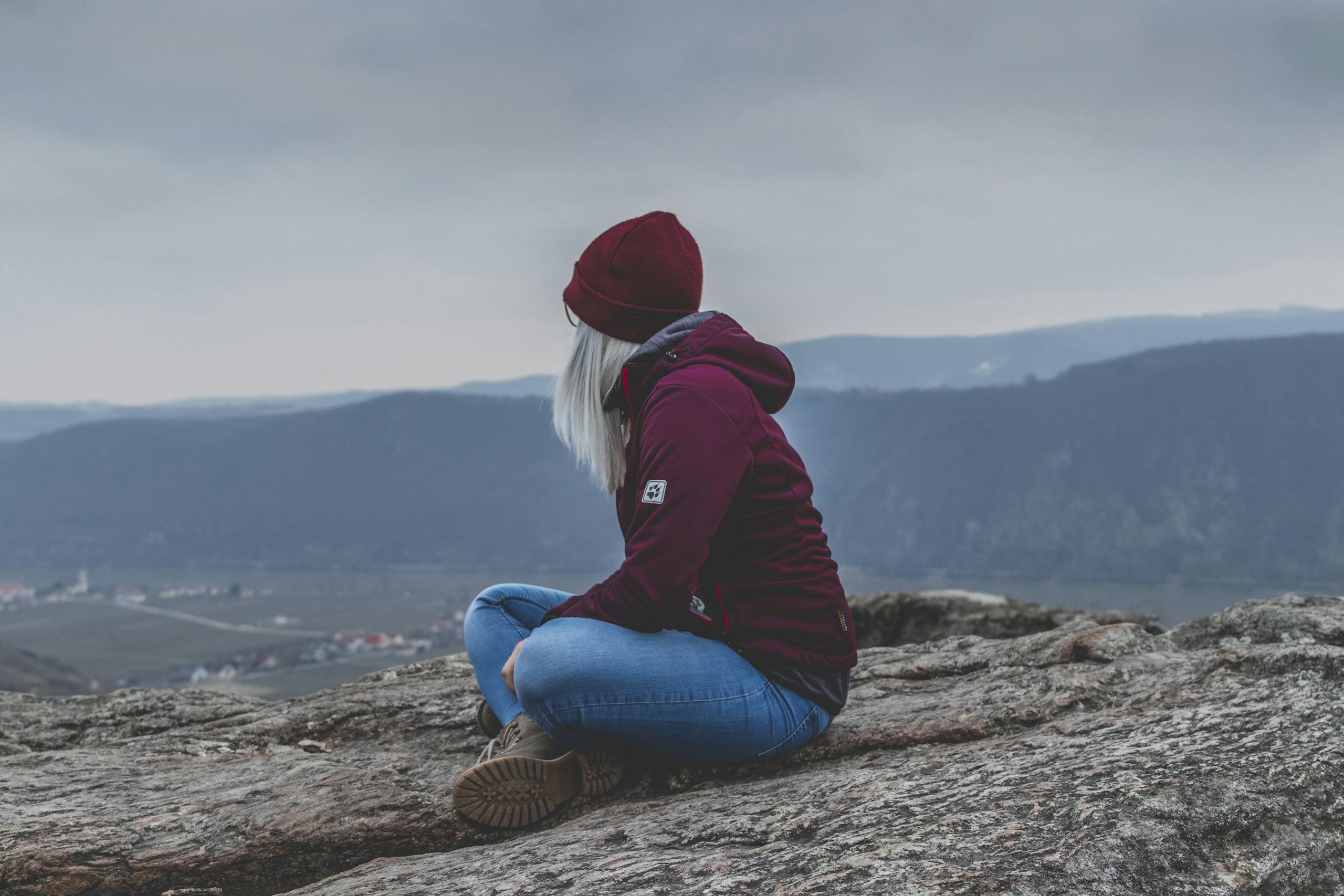
Start with one of these countries, build your confidence, and then expand your horizons. Solo travel is one of the most rewarding things you can do, and with smart planning, it can be incredibly safe too. Each successful solo trip builds your confidence and skills for the next adventure.
The world is full of safe, welcoming destinations just waiting for solo travelers to discover them. Take that first step, choose one of these countries, and start planning your adventure. If you’re feeling overwhelmed by the planning process, check out this comprehensive solo travel guide for beginners that covers everything from packing tips to booking your first solo accommodation. Your future self will thank you for having the courage to explore the world on your own terms.
The world is full of safe, welcoming destinations just waiting for solo travelers to discover them. Take that first step, choose one of these countries, and start planning your adventure. Your future self will thank you for having the courage to explore the world on your own terms.
Have you visited any of these countries solo? I’d love to hear about your experiences and any additional safety tips you’d recommend. Share your solo travel stories in the comments below – there’s nothing better than learning from fellow adventurers who’ve walked the solo travel path before us!
Essential Resources for Safe Solo Travel Planning
Before I dive into common mistakes, let me share three resources that have genuinely saved my butt during solo trips. I wish someone had told me about these before my first adventure!
Global Peace Index – This isn’t just another travel blog with opinions. The Global Peace Index ranks 163 countries based on actual safety metrics like crime rates, political stability, and conflict levels. I check this every time I’m considering a new destination. It’s updated annually and gives you hard data instead of just “feels safe” descriptions. The interactive map feature is particularly helpful for comparing regions.
Smart Traveler – The U.S. State Department’s travel advisory system is incredibly detailed and updated in real-time. Even if you’re not American, these advisories provide excellent safety information including health risks, crime trends, and current political situations. I particularly love the “Travel Advisory Levels” system – it’s much more nuanced than simple “safe” or “unsafe” labels. The country-specific pages include practical info like embassy locations and local emergency numbers.
SkyAlert or similar travel safety apps – After getting caught in a political demonstration in a major city (completely by accident), I now swear by real-time safety apps. SkyAlert sends location-based notifications about everything from natural disasters to civil unrest. It’s like having a local friend texting you about situations to avoid. The app works offline too, which is crucial when you’re in areas with spotty internet.
These aren’t sponsored recommendations – they’re tools I actually use and rely on. Having reliable information sources removes so much anxiety from solo travel planning.
Ready to start planning your safe solo adventure? Check out our essential travel tools and resources to help you research destinations, book accommodations, and stay organized throughout your journey.

